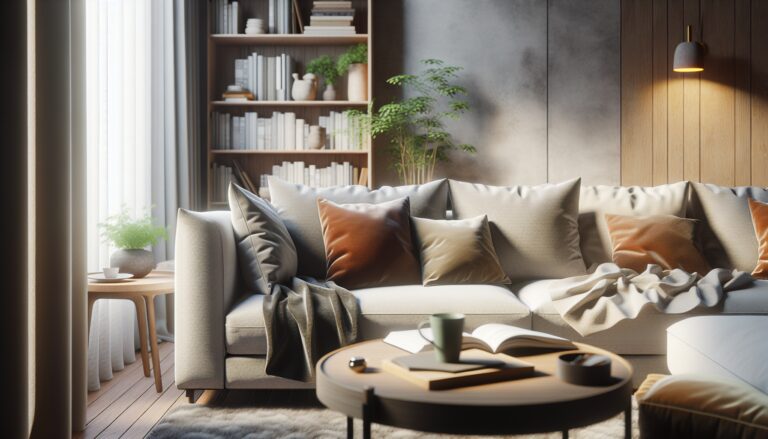Argomenti trattati
In an era where open floor plans and multifunctional spaces dominate home design, one might wonder about the fate of the classic sitting room. Once a symbol of status and formality, these spaces have evolved significantly, adapting to the needs of contemporary lifestyles. Today, interior designers like Meredith McKenzie emphasize that sitting rooms are not just relics of the past; they are versatile spaces that can enhance the functionality and aesthetic of modern homes.
The historical significance of sitting rooms
The concept of a sitting room dates back to medieval times, where such spaces served as venues for conversation and business dealings. Over the centuries, particularly during the Victorian era, sitting rooms transformed into lavish displays of wealth, adorned with exquisite furniture and art. These rooms were designed for entertaining guests and hosting significant events, making them a focal point in many homes.
As McKenzie notes, the term ‘parlor’—a precursor to the modern sitting room—originates from the French word ‘parler,’ meaning ‘to speak.’ This historical context highlights the primary function of these spaces: fostering conversation and social interaction. While the grandeur of the past may have faded, the essence of the sitting room remains intact, evolving to meet the demands of today’s families.
Modern interpretations of sitting rooms
Today’s sitting rooms are often smaller and cozier, designed for intimate gatherings rather than formal events. McKenzie points out that these spaces are typically devoid of televisions, distinguishing them from living rooms, which are more casual and multifunctional. Instead, sitting rooms provide a serene atmosphere for reading, unwinding, or enjoying quiet conversations.
As families increasingly lean towards casual living, the relevance of sitting rooms may seem diminished. However, McKenzie argues that they can serve as essential secondary spaces within a home. A well-designed sitting room can accommodate various activities, from hosting tea parties to providing a peaceful retreat for relaxation. By carefully selecting furniture and decor, homeowners can create a personalized haven that reflects their lifestyle.
Designing your perfect sitting room
If you’re considering adding a sitting room to your home, McKenzie offers valuable insights to kickstart your design journey. First, embrace the unique characteristics of your space. A smaller room can be transformed into a vibrant jewel box filled with rich colors and textures. Adding wallpaper or a bold paint color can create depth and interest, while personal touches like artwork and accessories can make the space feel curated and inviting.
When selecting furniture, prioritize comfort and functionality. Arrange seating to encourage conversation, and consider incorporating storage solutions to keep the space organized. McKenzie also suggests reflecting on your daily routines to determine what features your sitting room should include. For instance, if you work from home, a stylish desk could seamlessly integrate into the design, allowing the room to serve multiple purposes.
Ultimately, a sitting room can be a versatile addition to your home, offering a quiet escape from the hustle and bustle of daily life. Whether you envision it as a reading nook, a space for intimate gatherings, or even a home office, the possibilities are endless. With thoughtful design and a clear understanding of your needs, you can create a sitting room that enhances your home’s overall functionality and charm.

